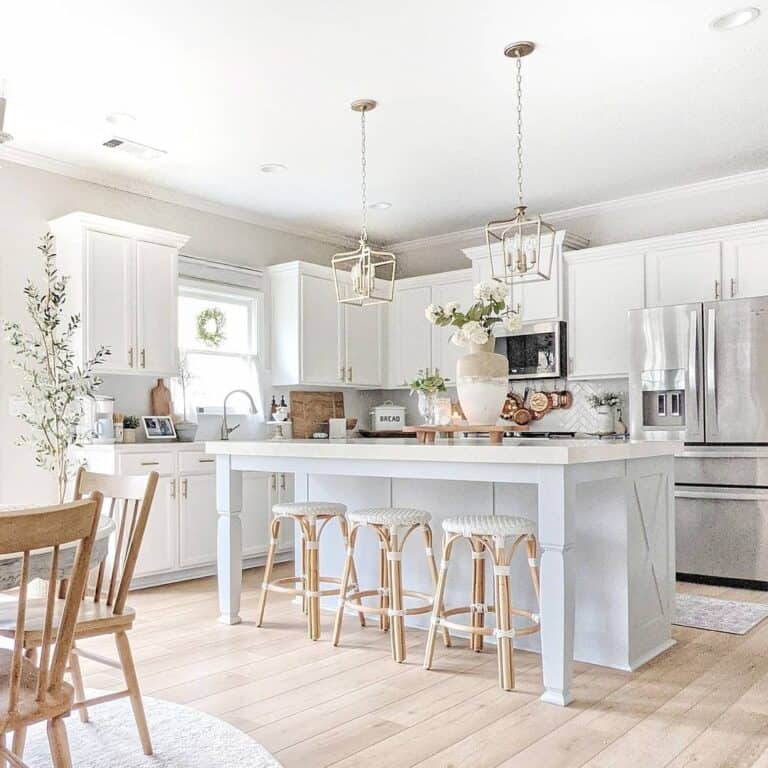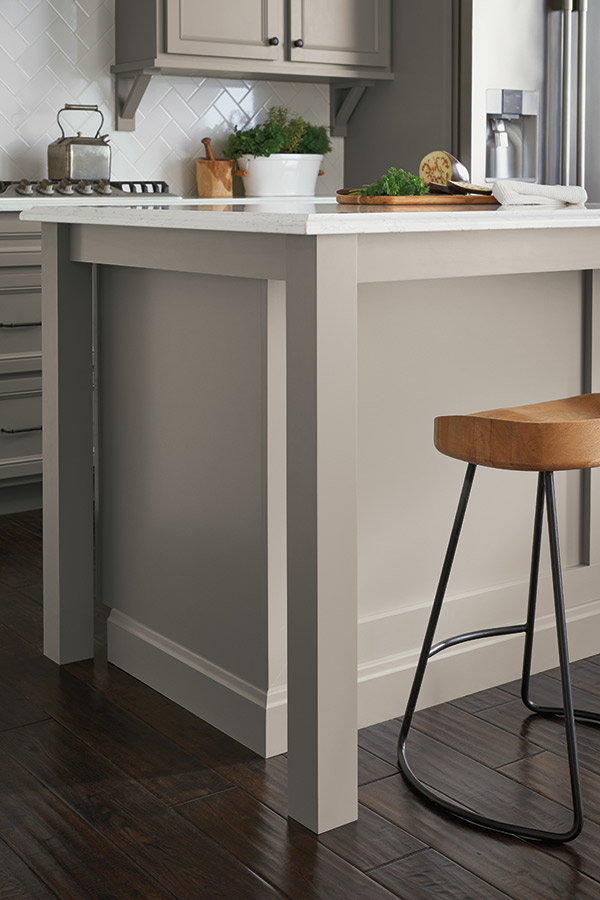Check Out Modern and Classic Layouts in Legs For Kitchen Island Jobs
Check Out Modern and Classic Layouts in Legs For Kitchen Island Jobs
Blog Article
Essential Factors to Consider When Selecting Legs For Cooking Area Island
Picking the proper legs for a cooking area island includes a careful evaluation of several variables that can dramatically influence both functionality and visual appeal. As we check out these elements, it ends up being clear that each decision can have far-reaching effects for the total kitchen area experience.
Product Options
When picking legs for a kitchen island, recognizing the various material alternatives is vital for attaining both aesthetic allure and structural stability (Legs For Kitchen Island). The selection of product substantially affects not only the toughness of the island but likewise its total layout and functionality
Timber is a preferred choice, providing heat and versatility. Solid hardwoods, such as oak or maple, supply toughness and can be stained or painted to match the kitchen area decoration. Steel legs, often made from stainless steel or wrought iron, contribute a modern-day and commercial feeling while ensuring sturdiness and stability. These products are resistant to use and can sustain considerable weight, making them suitable for bigger islands.
One more option is crafted materials, like MDF or plywood, which can be much more affordable while still providing a range of finishes. They might not supply the exact same level of security as solid wood or steel. Legs For Kitchen Island. Finally, materials such as acrylic or glass can create a modern look, though they may call for extra support to make certain security.
Ultimately, the option of material for kitchen island legs need to line up with the wanted performance and the overall motif of the kitchen.
Design And Style

When considering design, the shape and coating of the legs are vital. Tapered legs can supply a sense of agility and beauty, while thicker, extra robust legs can share stamina and stability. Additionally, the coating-- be it repainted, tarnished, or all-natural-- need to match the cabinets and countertop materials to develop a unified look.
In addition, the design of the legs can also show personal taste. Custom-made or attractive legs, such as those featuring intricate makings or one-of-a-kind geometric shapes, can act as focal factors, adding personality and personality to the kitchen area. Inevitably, the right option will certainly not just enhance performance yet also elevate the aesthetic charm, making the cooking area island a standout feature of the home.
Height Considerations
Picking the ideal height for kitchen island legs is vital, as pop over to this site it straight influences click this both functionality and comfort. The conventional height for a kitchen area island commonly varies from 36 to 42 inches, aligning with common countertop heights. A 36-inch height is perfect for cooking and cooking, permitting comfortable use kitchen area home appliances and tools. On the other hand, a height of 42 inches is typically liked for islands meant for bar seating, fitting taller stools and offering a casual eating experience.

It is additionally necessary to represent individuals' heights and choices. Personalizing the height can ensure a comfy experience for all family participants, making the kitchen area island a more enjoyable and useful area.
Weight Support
Making certain appropriate weight support for cooking area island legs is important for both safety and security and performance. The kitchen island commonly serves numerous purposes, consisting of cooking, eating, and additional storage, demanding a robust assistance structure. When choosing legs, it is crucial to think about the total weight capability called for based on the island's meant usage and the materials that will be positioned on it.
The choice of material for the legs plays a substantial role in their weight-bearing abilities. Strong timber, metal, and durable compounds generally offer premium strength compared to lighter materials. In addition, the layout of the legs-- whether they are straight, tapered, or have a pedestal type-- can affect their capacity to disperse weight effectively across the structure.
In addition, the leg positioning should be strategically prepared to improve security. Legs placed at the edges or with a bigger base can better support heavier loads. Always seek advice from the maker's requirements regarding load limits to guarantee that the legs can sustain the intended weight without compromising safety. In summary, selecting kitchen island legs with adequate weight support is important for creating a safe and functional cooking area.
Setup and Maintenance
Appropriate installation and maintenance of cooking area island legs are crucial for making certain durability and security. This often includes safeguarding the legs to the island base using proper bolts, ensuring that the legs are level and straightened.
Once installed, routine upkeep is necessary to protect the stability and look of the legs - Legs For Kitchen Island. For wood legs, periodic cleaning with a moist fabric and application of ideal timber polish can avoid wetness damages and keep their coating. Steel legs may require a his comment is here gentle cleaning service to eliminate oil and crud, adhered to by a completely dry fabric to protect against corrosion development
In addition, check the legs consistently for indicators of wear or damage, such as cracks or loosened joints. Tightening screws or bolts as required can likewise prolong the life-span of the legs. By adhering to these installment and upkeep practices, home owners can make sure that their kitchen island continues to be strong and visually appealing for several years to find.
Final Thought

Aesthetic comprehensibility is critical in picking the style and style of legs for a cooking area island, as these elements considerably affect the total ambiance of the area. Conical legs can provide a sense of lightness and sophistication, while thicker, more robust legs can communicate toughness and security.Choosing the suitable height for kitchen area island legs is critical, as it directly impacts both functionality and comfort. In summary, choosing cooking area island legs with ample weight assistance is important for creating a practical and risk-free cooking area.
In verdict, picking legs for a cooking area island demands mindful factor to consider of numerous variables, consisting of product choices, design, height, weight support, and installation.
Report this page